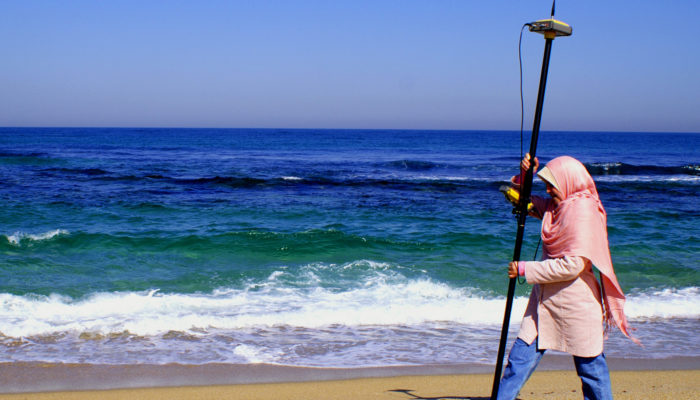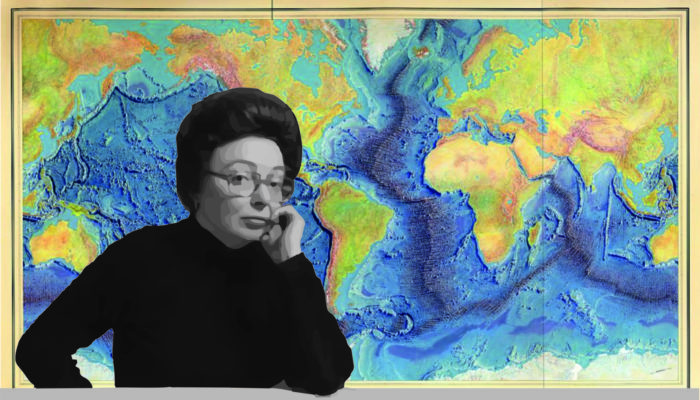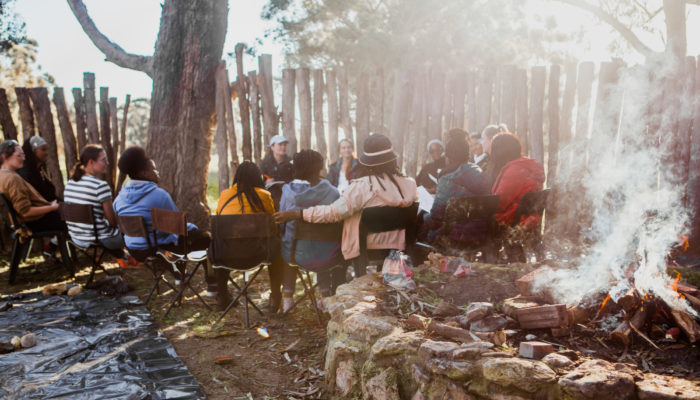Try typing the phrase ‘period in geosciences’ into Google. You’ll get something like ‘divisions of geological time’, and how we divide ancient earth time into eras, periods and epochs. We learn about this in the first year and again in every subsequent year of geological training. We are both geochronologists, so this is a topic we are deeply familiar with. But we are also both women. To us, and e ...[Read More]
The women of EGU in 2021!

Happy International Women in Science Day 2021! We at EGU are very lucky to have many outstanding women who participate in the running of the European Geosciences Union. We are delighted to introduce you to just a few of our hard working, inspiring, creative and passionate women of EGU – especially as several of them will be stepping down at the General Assembly this year as their terms of se ...[Read More]
Marie Tharp: an inspiration for the past, present and future!

Today marks the centennial of the birth of Marie Tharp, the person responsible for creating the first map of our planet’s ocean floors. Though her work was underappreciated at the time of its publication – mainly because she faced many significant barriers due to her gender – her maps ended up being instrumental evidence in support of the theory of plate tectonics. Marie herself ...[Read More]
Imaggeo On Monday: Sunset in the Arabian basin

We know the topography of the moon better than the Earth’s seafloor, so we need to keep studying the ocean, and, for me, going to sea is the best way. Only twenty percent of the seafloor is already mapped (see the Seabed 2030 Project), leaving eighty percent of our ocean unmapped, unobserved, and unexplored. This is why ocean going research is fundamental, not only for seabed mapping, ...[Read More]

